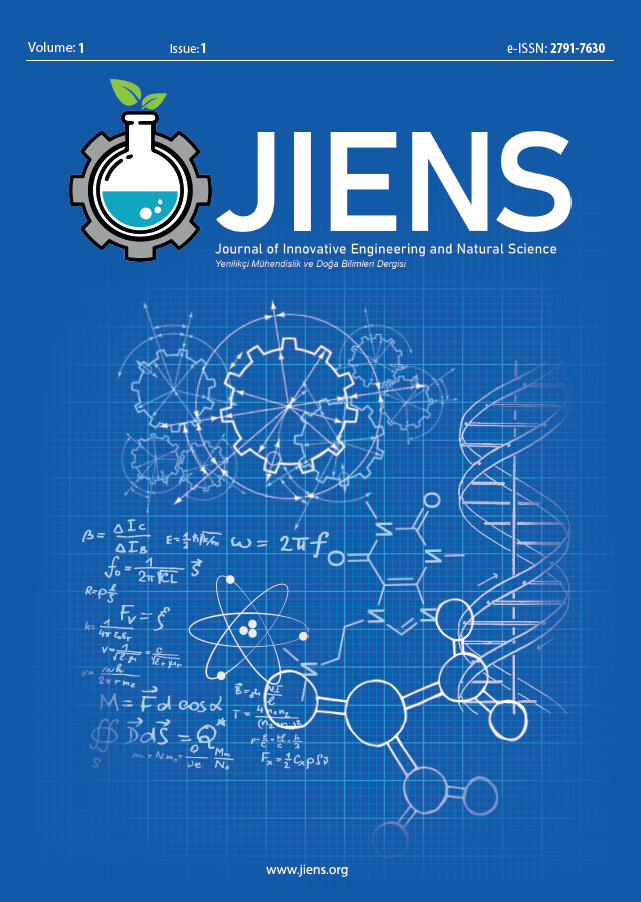Author :
Abstract
Hot shortness mechanism in low carbon steels is studied with 1.0% wt. Cu containing steel. Heat was prepared with rebar steel scrap and Cu billets. Slab was smelted in induction furnace and casted in resin mould. Casted sample was investigated with optical microscopy and chemical analysis was done with optical emission spectroscopy. Slab was heated up to 1200 oC and annealed for 1 hour before the hot rolling process. Hot rolling process was carried out with hot rolling press capacity of 25 tonnes for height reduction of 60%. Hot rolled slab was investigated with optical microscopy and scanning electron microscopy (SEM) techniques to observe the segregation of Cu. Hot rolled samples were heat treated at 800 oC, 900 oC and 1000 oC for 1 and 4 hours. Samples were cooled at air and water quenched. All samples were observed with optical microscopy and selected samples were examined with SEM. Segregation of Cu did not observe in as-cast samples but segregation was occurred in hot rolled slabs. Heat treatment decreased the segregation degree of Cu yet Cu particles were observed in microstructures.
Keywords
Abstract
Hot shortness mechanism in low carbon steels is studied with 1.0% wt. Cu containing steel. Heat was prepared with rebar steel scrap and Cu billets. Slab was smelted in induction furnace and casted in resin mould. Casted sample was investigated with optical microscopy and chemical analysis was done with optical emission spectroscopy. Slab was heated up to 1200 oC and annealed for 1 hour before the hot rolling process. Hot rolling process was carried out with hot rolling press capacity of 25 tonnes for height reduction of 60%. Hot rolled slab was investigated with optical microscopy and scanning electron microscopy (SEM) techniques to observe the segregation of Cu. Hot rolled samples were heat treated at 800 oC, 900 oC and 1000 oC for 1 and 4 hours. Samples were cooled at air and water quenched. All samples were observed with optical microscopy and selected samples were examined with SEM. Segregation of Cu did not observe in as-cast samples but segregation was occurred in hot rolled slabs. Heat treatment decreased the segregation degree of Cu yet Cu particles were observed in microstructures.
Keywords
- [1] World Steel in Figures, 2019. [Online]. Avaible: https://www.worldsteel.org/publications/bookshop/product-details~---------2019~PRODUCT~WorldSteel-in-Figures-2019~.html
- [2] Boom R, Steffen R (2001) Recycling of scrap for high quality steel products. Mater Sci 72:91–96. https://doi.org/10.1002/srin.200100090
- [3] Björkman B, C Samuelsson C (2014) Recycling of Steel. Worrell E and Reuter MA (ed) in Handbook of Recycling, Elsevier, pp 65-83
- [4] Rod O, C. Becker C, Nylén M (2006) Opportunities and dangers of using residual elements in steels: a literature survey. Jernkontorets Forskning.
- [5] Yin L, Sridhar S (2011) Effects of Residual Elements Arsenic, Antimony, and Tin on Surface Hot Shortness. Metall Mater Trans B, 42:1031–1043. https://doi.org/10.1007/s11663-011-9528-z
- [6] Imai N, Komatsubara N, Kunishige K (2008) Effect of Cu and Ni on Hot Workability of Hot-rolled Mild Steel. ISIJ Int 37:224–231. https://doi.org/10.2355/isijinternational.37.224
- [7] Lee CG, Kim SJ, Lee TH, Oh CS (2008) Effects of Tramp Elements on Formability of Low-carbon TRIP- aided Multiphase Cold-rolled Steel Sheets. ISIJ Int 44:737–743. https://doi.org/10.2355/isijinternational.44.737
- [8] Mishra B, Prasad KS, Kumbhar K, et al (2015) Effect of copper addition on microstructure and mechanical properties of ultra high strength NiSiCrCoMo steel. Mater Sci Eng A 651:177–183. https://doi.org/10.1016/j.msea.2015.10.129
- [9] Ramadan A, Shash AY, El-mahallawi IS, et al (2015) Effect of tempcore processing on mitigating problems of tramp elements in low c steel produced from recycled material. J Iron Steel Res Int 22:582– 589. https://doi.org/10.1016/S1006-706X(15)30043-1
- [10] Ramadan A, Shash AY, El-mahallawi IS, et al. (2017) Identification of copper precipitates in scrap based recycled low carbon rebar steel. Mater Des 120:157–169. https://doi.org/10.1016/j.matdes.2017.02.015
- [11] Cha WY, Kobayashi Y, Susa M, et al. (2015) Growth Rate of Copper Sulfide Precipitates in Solid Low Carbon Steel. ISIJ Int 55:103–108. https://doi.org/10.2355/isijinternational.55.103
- [12] Comineli O (2014) A Novel Concept of High Cu, Low Mn, Environmentally-Friendly Weathering Steels. Mater Sci Forum 783-786:698-703. https://doi.org/10.4028/www.scientific.net/msf.783-786.698
- [13] Wang J, Guo X, Zhou L, Li Q (2009) Slag for decopperization and sulphur control in molten steel. J Iron Steel Res Int 16:17–21. https://doi.org/10.1016/S1006-706X(09)60021-2
- [14] Tee JKS, Fray JD (2006) Separation of copper from steel. Ironmak Steelmak 33:19–23. https://doi.org/10.1179/174328106x80028
- [15] Yin L, Sampson E, Nakano J, Sridhar S (2011) The Effects of Nickel/Tin Ratio on Cu Induced Surface Hot Shortness in Fe. Oxid Met 76:367–383. https://doi.org/10.1007/s11085-011-9261-7





